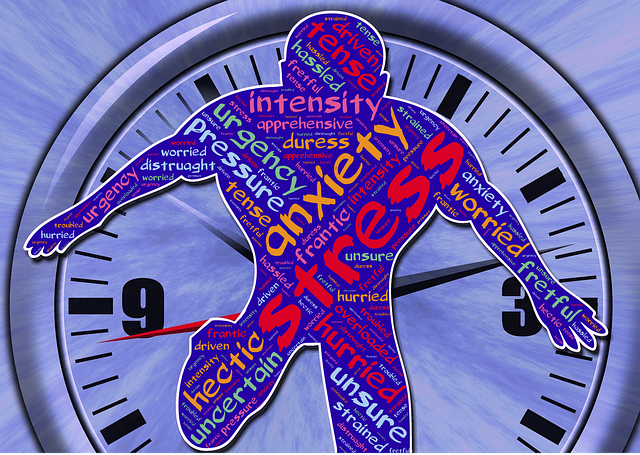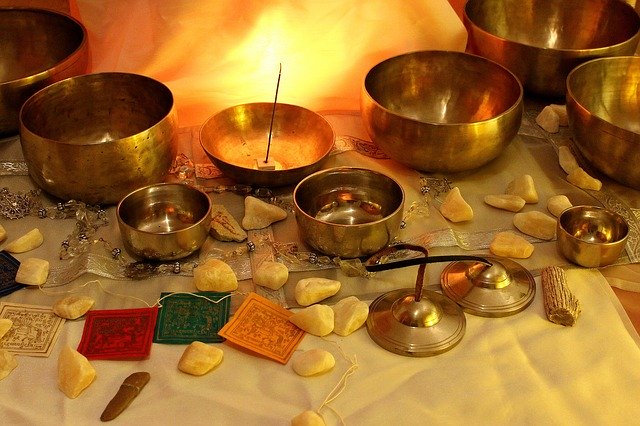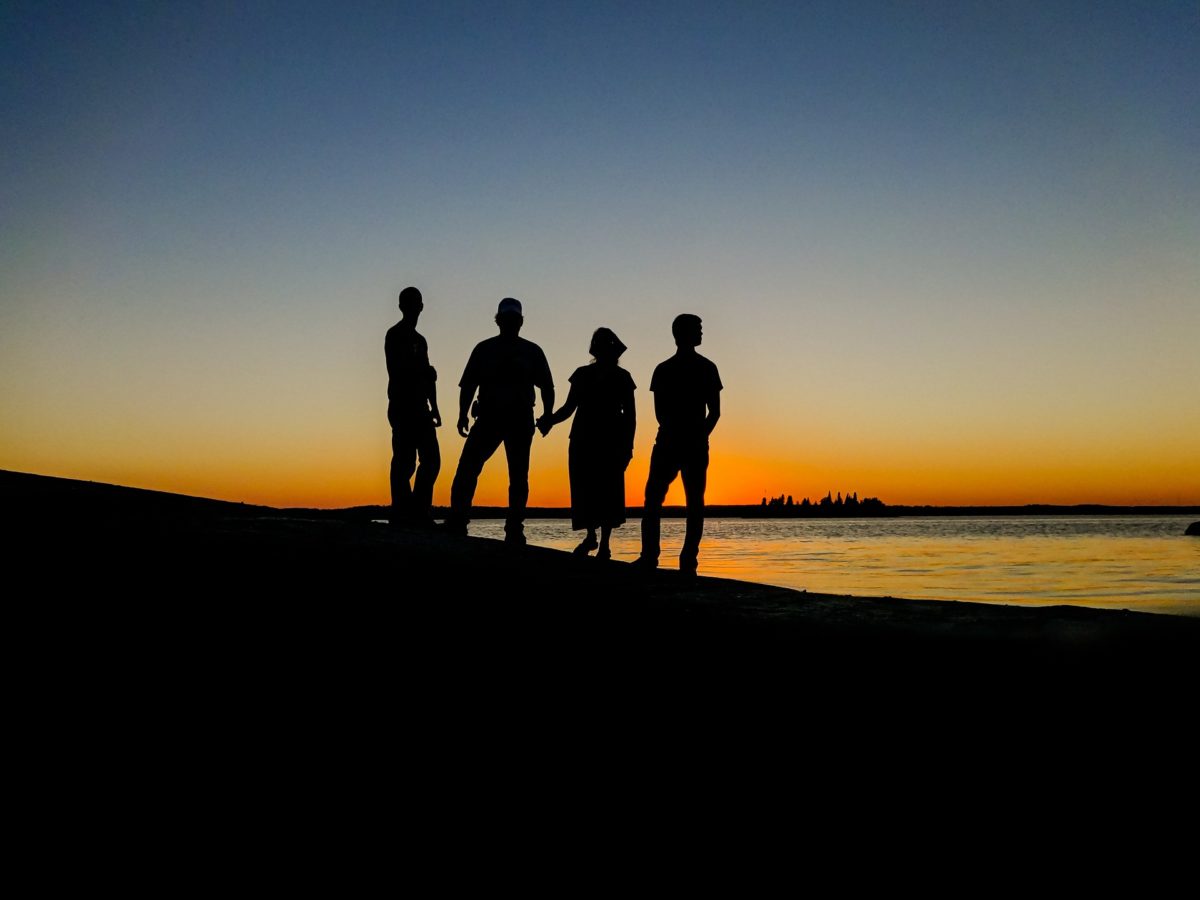Jenée Johnson, mindfulness trainer and visionary leader in the public health space, gave an enlivening and inspiring presentation during the current Healing Healthcare: A Global Mindfulness Summit. In her talk, Honoring Grief with Your Whole Heart, she highlighted the collective grief resulting from the pandemic and offered processes and tools to cope with grief, whether pandemic-driven or the result of life’s normal circumstances. She mentioned that she had been well equipped for the pandemic – having the solidity of a house, finances, nutrition, supportive partner, work and a relevant skillset – but she too found the pandemic “unmooring”.
Jenée experienced the added personal grief of the death of her brother – an experience I can relate to with the recent death of my brother Pat. However, her brother died not only from the isolation associated with the pandemic but also from post-traumatic stress disorder (PTSD) resulting from 9/11. Jenée spoke of grief, whether personal or collective grief, as depleting and “an energy expenditure”. She maintained that the pandemic created a “tsunami of emotions” which Dr. Lise Van Susteren describes as “emotional inflammation”.
Ways to cope with grief
While Jenée acknowledged that the pandemic and associated events impacted individuals differentially, grief was a common outcome – a sense of loss of people, a way of life and/or positive memories. She contended, however, that there are ways to replenish ourselves, rebuild our energy and achieve emotional regulation. Some of the ways to cope with grief that Jenée suggested are:
- Firstly, acknowledge that the reactions of fear, anger and grief are natural human responses. The challenge is how we manage or regulate these difficult emotions in a time that is constantly unmooring us from our established way of doing things and our regular supports. The pandemic and personal grief impact our whole human system – our minds, hearts, body and emotions.
- Cultivate awareness of everything that has happened to you over the period of the pandemic and subsequently. Jenée suggested that we need to attend to, rather than hide from, our emotional state. There is a tendency to shut down and block out painful feelings and recollections but unless we face them, they can overwhelm us when we least expect. She mentioned that there were times when she cried and wailed after her brother’s death, releasing pent-up emotions.
- Central to Jenée’s approach is heart-focused breathing. She stated that when we breathe deeply and release our out-breath we can let go of what is constraining us. The HeartMath Institute that has pioneered research on the intelligence of the heart has promoted heart-focused breathing and developed a suite of tools, programs and videos to promote health and wellbeing. They contend that heart-focused breathing contributes to heart coherence which helps to balance mental and emotional energy and activate creativity. Jenée argued that this form of breathing creates space for energy, enables the pain of grief to move through us and opens us up to flourish and experience joy and pleasure once again.
- Change our expectations about our capacity to focus and achieve productivity. Jenee suggested that is not reasonable to expect that we can be as productive during the pandemic as we were before and the same applies to personal grief. The pandemic and personal grief contribute to a depletion of energy and reserves. Rather than overload our system with unrealistic expectations, it is important to modify our expectations in the light of our reduced energy levels. For example, I have to reduce my expects about how many posts I can write per week given my recent grief and the accumulated effects of the pandemic. Some people have gone so far as to change their expectations about he nature of their work and sought more fulfilling and rewarding work that is less depleting in terms of time and energy.
- Pamper ourselves with things that relax us – spending more time reading novels or the paper, sleeping in when appropriate, enjoying a massage, purchasing aromatherapy oils or indulging in treats (Jenée admitted that coffee and almond croissants are one of her treats – something else I have in common!). One of the dangers is to resort to alcohol to dampen our pain (alcohol sales have exploded during the pandemic) and we need to be cognisant of the impact of increased alcohol consumption on our sobriety goals and this may entail a reassessment of the “reward value” of consuming more alcohol in times of grief.
- Rebuilding social connections through our recreation and work activities. Resuming social activities such as social tennis or dancing (where permitted) along with walking generates movement which in turn builds up dopamine which makes us feel good. Sometimes grief brings extended family members together and creates the opportunity to develop new connections or re-establish old ones. In the workplace, we could begin our meetings with a grounding exercise followed by an emotional “check-in” to see how everyone is coping – putting people ahead of task in these challenging times.
- Practicing gratitude can generate appreciation and joy even amidst grief and pain. Jenée suggested buying a beautiful gratitude journal and an exquisite pen to cultivate the habit of journal writing and expressing gratitude. She recommended Robert Emmons’ book, Gratitude Works, for its insights on the benefits of gratitude and its tips on ways to foster gratitude.
Reflection
Jenée quoted Jon Kabat-Zin when he said that “the challenge of mindfulness is to be present for your experience as it is”, not as you wish it to be or try to make it different by denying the reality of the experience and your related thoughts and emotions. Mindfulness can build resilience in challenging times as has been proven by extensive research. As we grow in mindfulness and enhance our self-awareness, we are better able to gain insights into the way forward, develop the courage to face our fears and increase our window of tolerance. We can experience gratitude, joy, renewed energy, and heightened creativity.
_____________________________________
Image by SEBASTIEN MARTY from Pixabay
By Ron Passfield – Copyright (Creative Commons license, Attribution–Non Commercial–No Derivatives)
Disclosure: If you purchase a product through this site, I may earn a commission which will help to pay for the site, the associated Meetup group, and the resources to support the blog.









